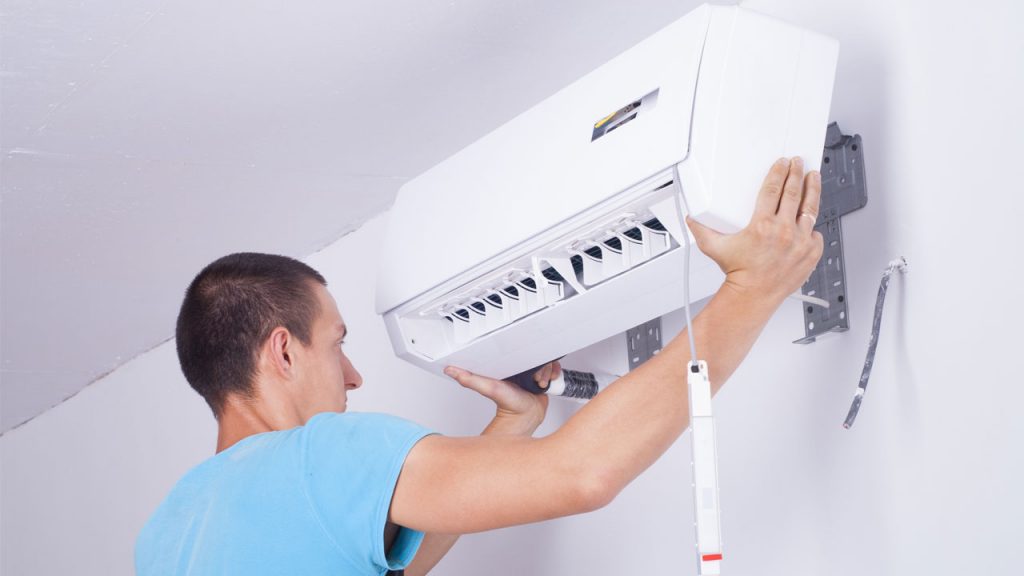Households all over Australia are benefiting from going all-electric. Already over one third of Australian homes use electric heating, cooking, and water heating.
While many people are already on the journey, electrifying your home is not always simple, so you might need some support to make the switch. We’ve got some handy tips to help you along the way.
Why should I go all-electric?
We expect that all homes will need to go electric as part of Australia’s commitment to a clean energy future. There are many benefits including:
- Cost savings. Our Stepping Up report found that by 2030, the average all-electric household will save more than $2000 a year on their energy bill compared to a typical fossil-fuelled home – that’s without solar and a battery (these savings can vary depending on the size of your home, how much energy you use, and where you are in Australia)
- Environmental benefits. Going all-electric is better for the planet than using fossil fuels – and particularly as the energy transition continues and more of our electricity comes from renewable energy.
- Building a modern, comfortable home that will last. By choosing the latest technology you’ll be building an efficient home that suits your household’s needs now and into the future.
Do I need to do this straight away?
No, you don’t to act right now (see below about making a plan). But our research shows that the sooner you can make the switch, the sooner you can realise those cost savings. So, if you’re already thinking about replacing old gas appliances or doing renos, now is the time to make the switch!

Yes! I want to go all-electric. What can I do?
1. Understand what parts of your home can benefit from going all-electric.
Heating, hot water, and cooking are the three main areas where you can electrify. Identify what gas appliances you have in your home and what electric alternatives you can upgrade them with.
| Gas Appliance | Electric Alternatives |
| Heating | |
| – Gas Heaters – Under floor ducted gas systems | – Reverse cycle air-conditioning – use the heating function on your air conditioner in winter – Electric floor heating |
| Hot Water | |
| – Gas hot water system | – Electric heat pump – Electric hot water systems – Solar hot water |
| Cooking | |
| – Gas stove – Gas oven | – Induction cooktop – Electric oven |
There are lots of resources available to help you. Some of the ones we like include:
- Renew’s Getting Off Gas Toolkit provides clear and practical advice.
- For ACT residents, the ACT Government has partnered with CHOICE to help you make your home energy transition plan.
- Merri-bek Council’s Go All Electric Plan. Many other local councils also have tools to help you out.
- The My Efficient Electric Homes Facebook group is a great community resource if you’ve got specific questions about your situation.
2. Make a plan
Changing the ways our homes use energy doesn’t need to happen overnight – but it’s time to think about when a suitable opportunity might be.
Maybe your hot water system breaks down, you’re doing some renos, or you need to buy a new heater. These are all good times to think about making some changes and going electric.
You could also see how old your gas appliances are and make a rough estimate of when you might need to replace them. For example, gas hot water systems are one of the most likely items to stop working in your home. The average life expectancy for a gas system is 8 to 12 years. If you find out how old your gas hot water system is, you can start to make a rough plan and put some money aside for when it might break.
If you start to do your research now, you won’t be caught off guard if something stops working.
3. See if you’re eligible for any concessions or rebates.
While you’ll save money in the long run by going all-electric, there will be some upfront costs associated with purchasing new electric appliances. If you’re living in an older home, you may also need additional rewiring. The good news is that most states and territories have programs to help you switch away from gas. You can see the list before for a list of subsidies and rebates available to households to help you electrify or become more energy efficient. You can also see a list of broader rebates to assist with energy savings here.

Nationwide
The Small-scale Renewable Energy Scheme provides incentives to households and businesses to install small-scale renewable energy systems like rooftop solar, solar water heaters and air sourced heat pumps.
New South Wales
The NSW Energy Savings Scheme (ESS) provides financial incentives to install energy efficient equipment and appliances in NSW households and businesses.
Victoria
The Victorian Energy Upgrades for households helps cut power bills and reduce emission with discount energy-saving products.
Victorian households can also apply for a Solar Panel Rebate to help install solar panels.
Queensland
Eligible Queenslanders can apply for a rebate when they buy and install a home battery energy storage system to use with new or existing rooftop solar systems through the Battery Booster rebate.
South Australia
The Residential Energy Productivity Scheme provides incentives for South Australian households and businesses to save energy and benefit from energy productivity activities with a focus on low income households. The types of activities eligible for support are detailed here.
Tasmania
The Energy Saver Loan Scheme provides no-interest loans to eligible applicants to fund the purchase price and installation of energy efficient products.
Australian Capital Territory
The Home Energy Support Program provides up to $5,000 in rebates for eligible homeowners to help with the upfront costs of installing energy-efficient products including solar, reverse cycle heating and cooling, heat pumps, electric stoves and ovens, and ceiling insulation.
Northern Territory
The Northern Territory Home and Business Battery Scheme provides grants to buy and install batteries and inverters.
Help! I can’t easily make these changes.
For some people, it will be harder to carry out these changes. You might live in an apartment, be a renter, or have a tight budget – amongst other challenges. Here at ECA, we’re also advocating on your behalf to government for them to create a national plan to help make the transition as smooth as possible for consumers, especially for people who can’t go all-electric easily. That plan should contain financial supports for people who face additional barriers to going all-electric.
Start your journey today
You don’t need to make all the changes to your home right now. But it’s important to start making your plan to shift away from gas so you’re ready when the time is right.
Join the millions of Australians who are already benefiting from going all electric by starting to make your plan today to go all-electric!
